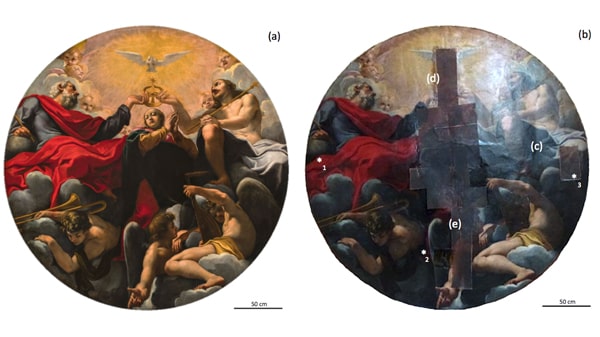Contrary to the popular saying, “time heals all”, there are certain objects that are instead ravaged by time, for instance the beautiful ancient paintings that provide us a glimpse of the glorious yesteryears, of times Medieval and Renaissance, of kings and battles, and transports us to a bygone era for a little while.
However, many natural factors over the ages adversely affect the astounding relics of the world of yore, including sunlight, heat, humidity, and most unsurprisingly, bacteria. It’s no wonder then that it’s a constant battle against the elements that collectors and buyers are fighting as they try to keep their artifacts safe and intact. However, recent studies suggest that bacteria may be the answer for art restoration needs.

According to a new paper published in PLOS One, Italian researchers have found that several strains of bacteria – primarily Staphylococcus and Bacillus colonise different parts of the artwork based on the colours on the painting, probably because they consume the ingredients that make up those particular colour pigments. They also found out that while most microbes destroy the artwork, there are some others that could possibly be used to help in preservation. By adding spores of other strains of Bacillus subtilis, pumilus and megaterium, the malignant microbes and fungi are able to be destroyed.
The restoration proved successful with 17th-century oil canvas painting “Incoronazione ella Vergine” (The Coronation of the Virgin), which had suffered damage due to an earthquake back in 2012.
So, what does this mean for private art collectors? Well, it’s early to say if this bacterial solution can be made available commercially any time soon, as the study has only been released just last month. But if your patience is able to fight off bio-degradation, we’re sure your paintings can wait a bit longer too.
Text: Bailey Atkinson



